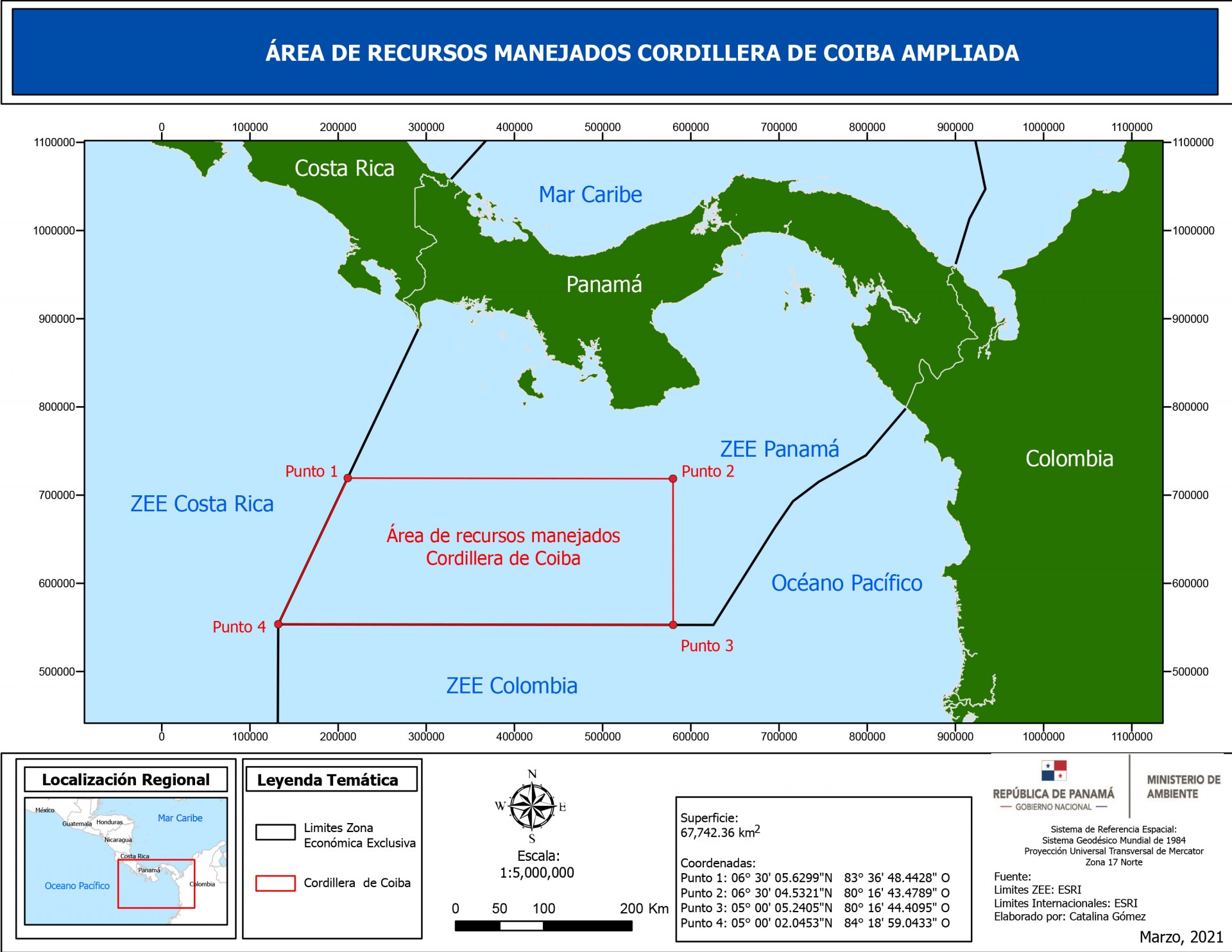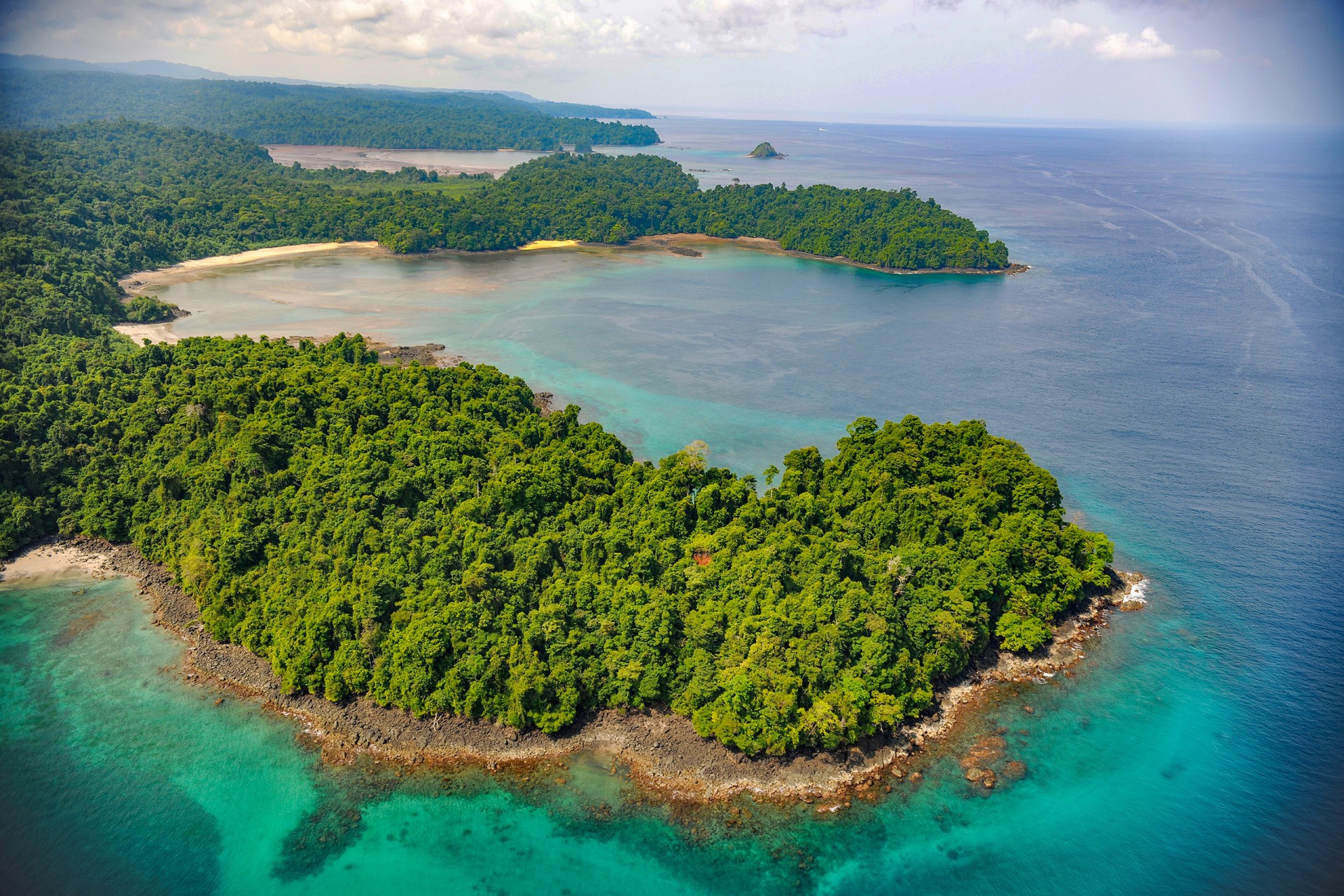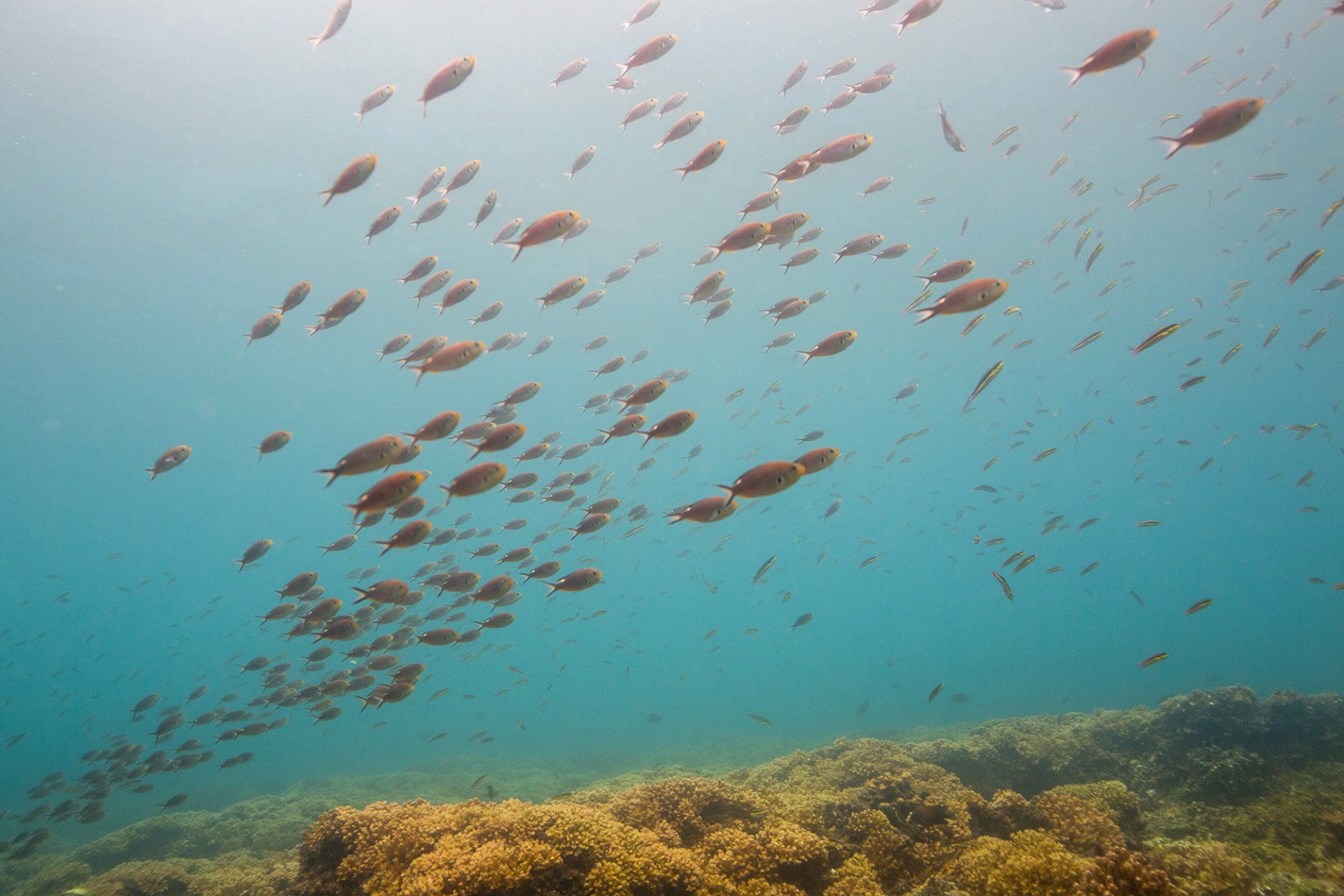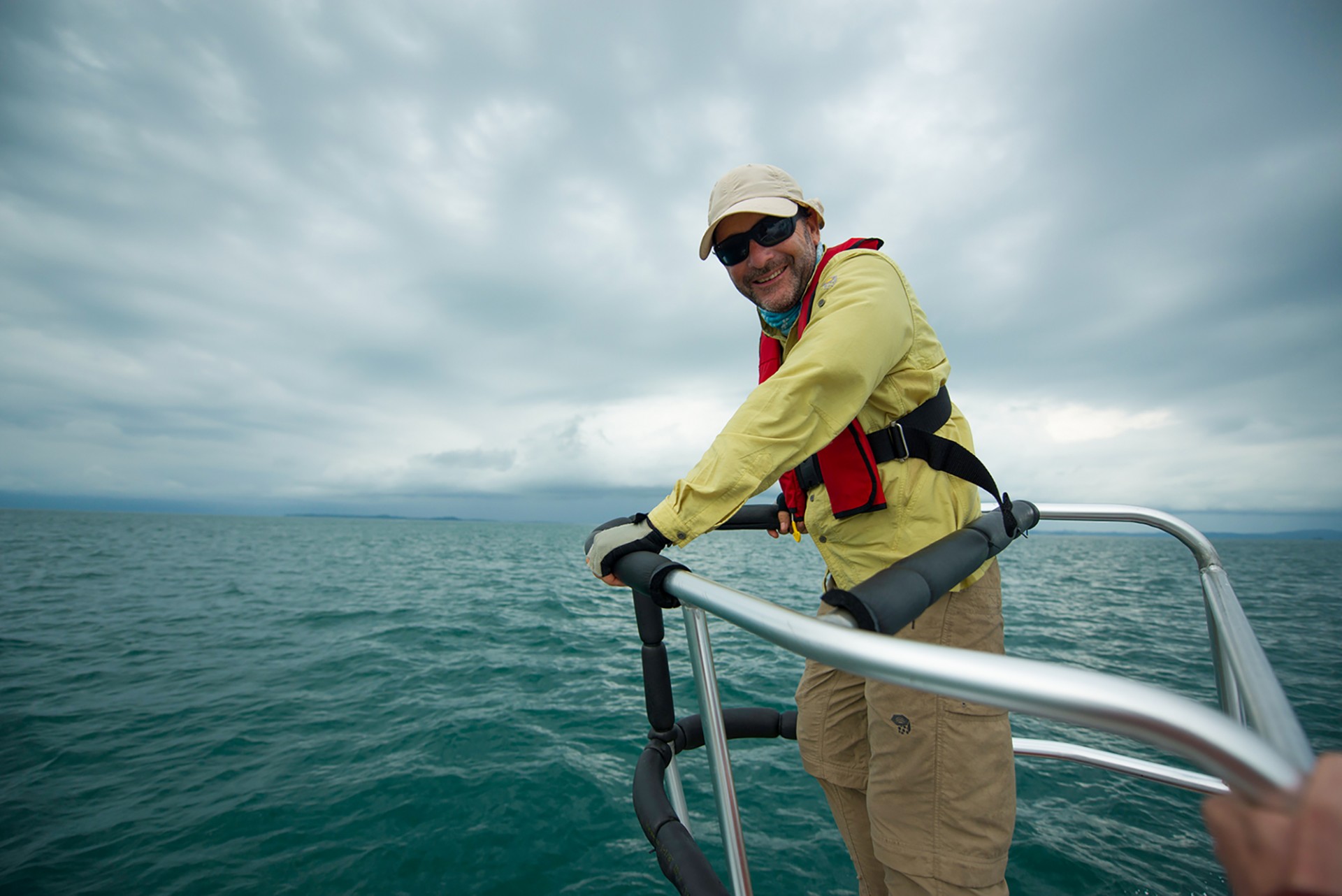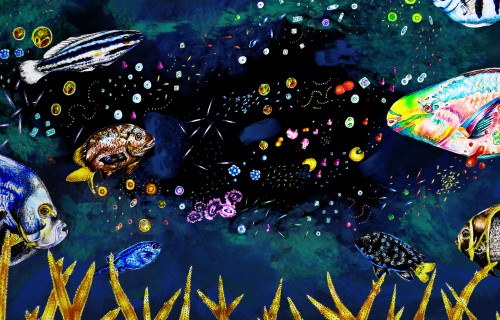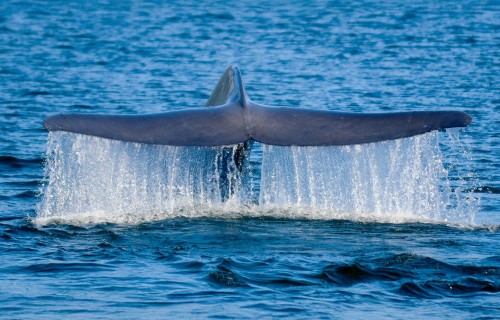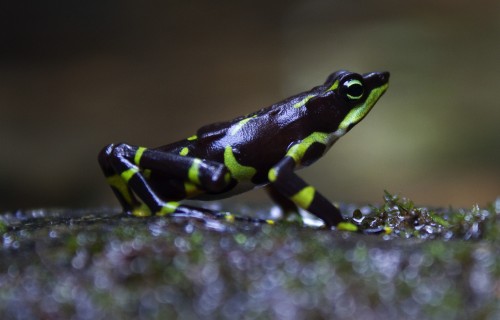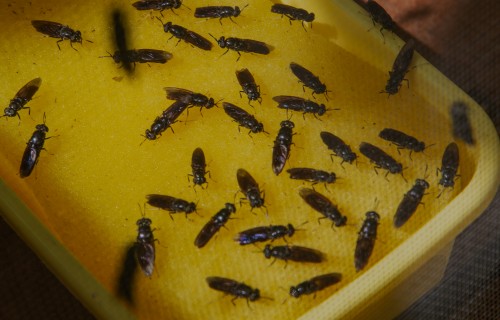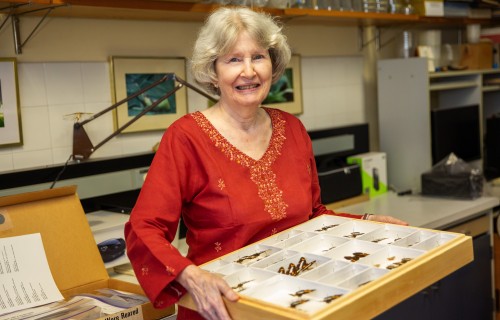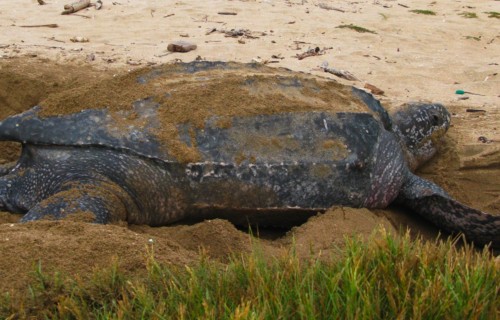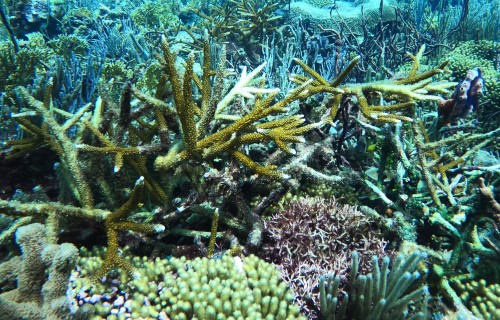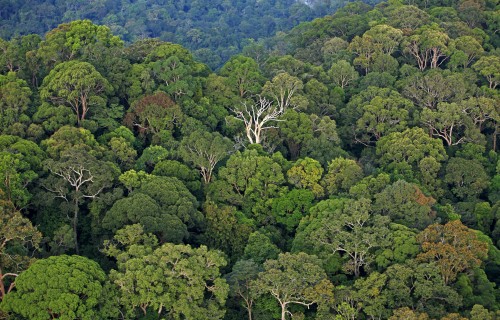Above the tropical forest canopy,
sensors capture the fluxes of gases
between the trees and the atmosphere
Marine
protection
Panama expands the limits of
the Coiba Cordillera protected area
Panama
With this science-based initiative, 30% of the panamanian marine surface will be under some degree of protection
On June 8, World Oceans Day, the President of Panama Laurentino Cortizo signed an executive decree that expands the limits of the Cordillera de Coiba protected area, a step that will double the amount of Panamanian marine surface that is under some degree of protection. The scientific basis for this initiative was a multidisciplinary effort led by marine biologist Héctor M. Guzmán, from the Smithsonian Tropical Research Institute (STRI), with the participation of MigraMar Foundation and Panama’s Ministry of the Environment (MiAmbiente). This white paper was funded by the Wyss and Mission Blue foundations.
Map showing the area of managed resources. With the expansion, Panama adds an additional 50,518.84 square kilometers (about 19,505 square miles) to the Coiba protected area, reaching a total of 98,228.25 square kilometers (about 37,916 square miles) of marine protected areas throughout the country.
In 2015, the government of Panama established the Cordillera de Coiba protected area composed of 17,223.52 square kilometers (about 6,650 square miles). In January of this year, the country joined the High Ambition Coalition (HAC) for Nature and People with the commitment to support the “30x30 Initiative,” which seeks to protect at least 30% of the world’s land and marine surface by the year 2030.
To determine the new limits, the consulting team analyzed oceanographic data obtained through satellite sensors. With the expansion, Panama adds 50,518.84 square kilometers (about 19,505 square miles) to the Coiba protected area, reaching a total of 98,228.25 square kilometers (about 37,916 square miles) of marine protected areas throughout the country and achieving the goal of the 30x30 Initiative nine years ahead of schedule. This will bring the country closer to several important environmental objectives for the area, which has unique characteristics.
Aerial view of Coiba Island, Panama.
The expansion will protect a series of underwater mountain ranges that are home to species exclusive to those depths and that are still unknown to science due to the great difficulty in studying them. The areas where migratory marine species circulate will also be better preserved. At least 14 species of marine mammals use the area, 12 of which are threatened according to the International Union for Conservation of Nature, including the blue whale, the sperm whale and the fin whale.
A system for monitoring, control and surveillance of illegal fishing will also be established with the collaboration of the Blue Nature Alliance and Skylight. The sustainable use of natural resources in the area will be promoted, such as selective fishing, to reduce the incidence of accidental fishing of species important to the health of the oceans.
Reef in Coiba National Park, Panama. Credit: Sean Mattson, STRI.
The expansion will also strengthen the management of neighboring protected areas and connectivity with other marine protected areas of the Eastern Tropical Pacific Marine Corridor, such as Malpelo and Gorgona (Colombia), Coco (Costa Rica) and the Galapagos Islands (Ecuador). Further, it will help increase scientific research on marine biodiversity, the conservation status of species, migrations, upwelling processes, the effects of climate change, among others.
“STRI is proud to be part of this historic moment where Panama reaches the 30x30 goal, and reaffirms its commitment to the conservation of marine and terrestrial ecosystems,” said Oris I. Sanjur, acting director of STRI. “As a scientific institution, we are pleased to know that the country is advancing important actions, using scientific knowledge as the basis for decision making. Our gratitude and congratulations to President Cortizo and to the Panamanian people for such an important achievement in protecting natural resources for the future generations of Panama and the world.”
The scientific basis for this initiative was led by marine biologist Héctor M. Guzmán, from the Smithsonian Tropical Research Institute (STRI). Credit: Sean Mattson, STRI.
“By expanding the Cordillera de Coiba Marine Protected Area, the government of Panama is not just taking bold action to safeguard the region’s exceptional wildlife and biodiversity, but also strengthening Panama’s robust ocean-based economy, and establishing itself as a global ocean conservation leader,” said Wyss Foundation President Molly McUsic. “Thank you and congratulations to President Cortizo, Minister Concepción and the people of Panama for permanently protecting this remarkable place and charting the course to 30% for other countries to follow.”

